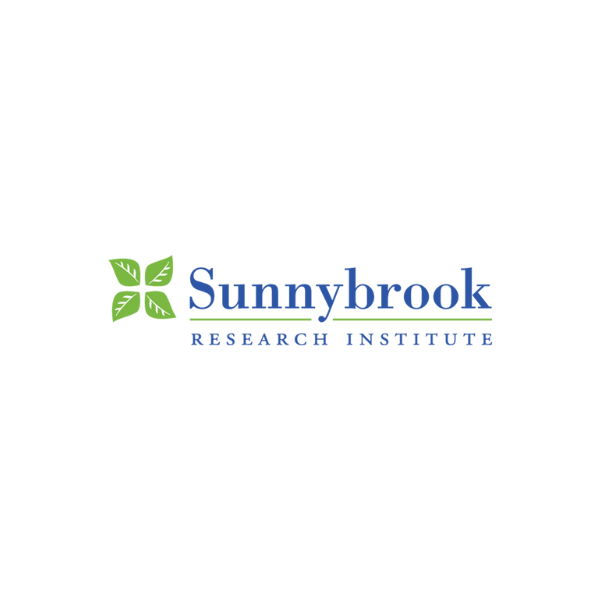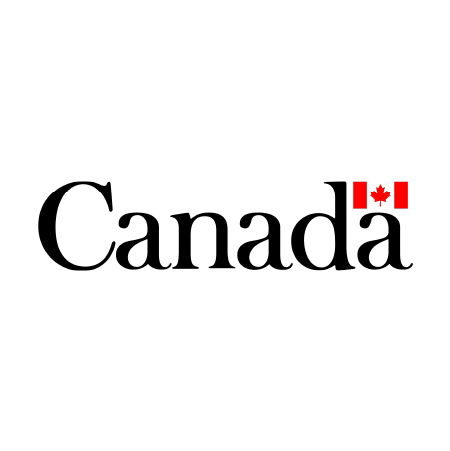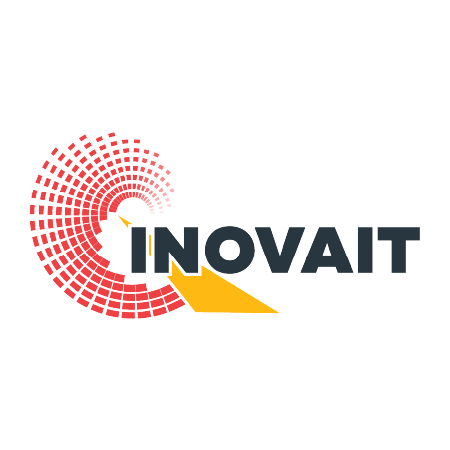Toronto, ON | Wednesday – Thursday, March 5-6, 2025
IGTxImNO
Joint Symposium 2025
Join us for the 6th Annual Symposium
Le IGTxImNO Joint Symposium is a two-day scientific conference that brings together scholars from the clinical and research communities who are interested in emerging diagnostic and therapeutic health technologies. The conference is a great opportunity to learn about current research and latest advances within the field of biomedical and diagnostic imaging, artificial intelligence, machine learning and image-guided therapeutics.
With world-class speakers, the symposium provides an exceptional value for students, academics, and industry researchers interested in or working with emerging diagnostic and therapeutic health technologies. Cette conférence offre de nombreuses possibilités to network and identify other like-minded individuals for collaborations and partnerships. The symposium serves as a showcase for new innovations and breakthrough technologies for industry partners. Discover les plus récentes avancées dans le domaine de la thérapie guidée par imagerie, y compris les interventions diagnostiques assistées par ordinateur, les systèmes de planification thérapeutique et d’aide à la décision clinique, les traitements, la simulation et la chirurgie guidée par imagerie, la robotique et la navigation chirurgicale.
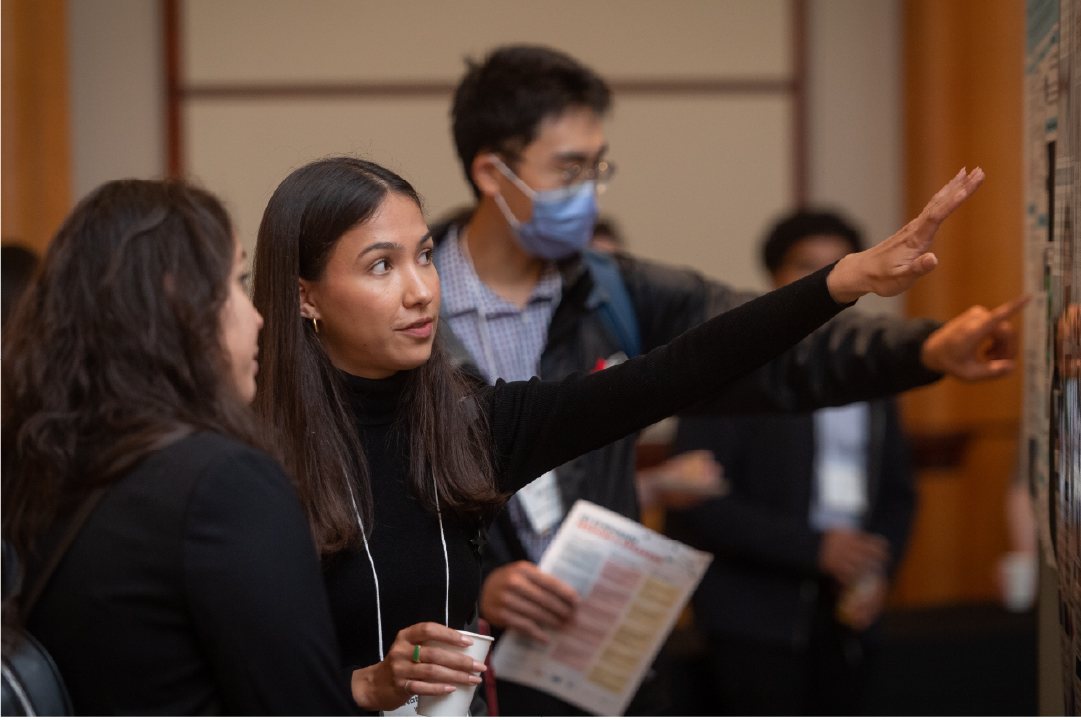
Symposium Objectives
- Création d’un forum interactif pour assister à des exposés sur les innovations en matière de diagnostic et de thérapie guidés par imagerie;
- Exposés sur tous les domaines des soins de santé où le guidage par imagerie est utilisé, notamment traitement du cancer, radiologie interventionnelle, arthroplastie, chirurgies peu invasives et soins cardiovasculaires;
- Présentations par des universitaires sur de nouvelles découvertes dans leur domaine;
- Présentations par des membres sectoriels sur la commercialisation de technologies, des nouveaux développements et des produits;
- Discussions sur le besoin de collaborations et d’expertise; suggestions pour de futurs événements.
Quand :
Wednesday-Thursday, March 5-6, 2025
8:00am – 6:00pm
Où :
Westin Harbour Castle
1 Harbour Square,
Toronto, ON
Demande de résumés
The IGT x ImNO Joint Symposium Organizing Committee is inviting authors to submit abstracts for invited oral, pitch, and poster presentations. We encourage abstract submissions related to biomedical imaging development or the application in research areas such as the following:
- cancer (including breast, prostate),
- cardiac, lung, and musculoskeletal imaging
- nuclear imaging
- deep learning/machine learning methodology
- device, systems, and robotic development
- imaging processing, visualization & quantitative biomarkers
- image-guided therapeutics
- image-guided intervention and surgery
- image-guided radiation therapy
- image-guided drug delivery and precision medicine
- perinatal and paediatric imaging and therapy
- MR imaging (including hyperpolarized) & neuroimaging
- optical imaging & ultrasound imaging
- E-health, data, and workflow management
- emerging & interdisciplinary technologies
Instructions relatives aux résumés
- All abstracts must be submitted electronically to the Conference Management Toolkit (CMT) paper submission platform no later than Friday, November 29, 2024 at 11:59 pm PT.
- Le résumé doit présenter votre recherche de manière concise et convaincante. Voici les quatre attributs essentiels d’un résumé : exhaustivité, concision, clarté et cohérence
- Introduction/contexte (introduisez le sujet, le contexte, le besoin clinique, la maladie cible, la description de la recherche, la nouveauté de la recherche/l’innovation)
- Objectifs/méthodes (abordez l’énoncé du problème, l’hypothèse, les lacunes ainsi que les principaux points de votre travail – la conception et l’approche)
- Résultats (présentez les résultats significatifs de votre projet en précisant en quoi cette recherche enrichit le savoir scientifique)
- Conclusions (parlez des répercussions de vos résultats et fournissez des données probantes à l’appui de vos conclusions)
- Transfert de technologie ou importance (nouveauté, pertinence, stratégie, collaboration, marché, propriété intellectuelle, réglementation, etc.)* si c’est pertinent
- Présentez tous les éléments de votre résumé (images, tableaux, graphiques, dessins, photos) de façon simple. Le résumé ne doit pas demander d’explications approfondies et doit inclure les références
Mandatory formatting instructions
- PDF, one (1) letter-size (8.5in x 11in) page maximum, 10 MB maximum
- Police Times New Roman 11 points
- Toutes les marges doivent faire au moins 2 cm
- Il est possible de soumettre le résumé en anglais ou en français
- Noms et affiliations de l’intégralité des auteur-e-s
- Tous les résumés doivent être interrogeables
- Il faut intégrer toutes les figures et/ou images à la page
- All abstracts must include a title section with title, list of all authors, and institutional affiliations of all authors. Please underline the presenting author if the presenting author is not the first author.
- Abstracts must follow the format: Introduction, Methods, Results, Conclusions.
- Any figures and/or images must be embedded on the page.
- En soumettant un résumé, les auteures acceptent que son contenu soit publié sur le site Web du symposium et dans les publications et supports de communication
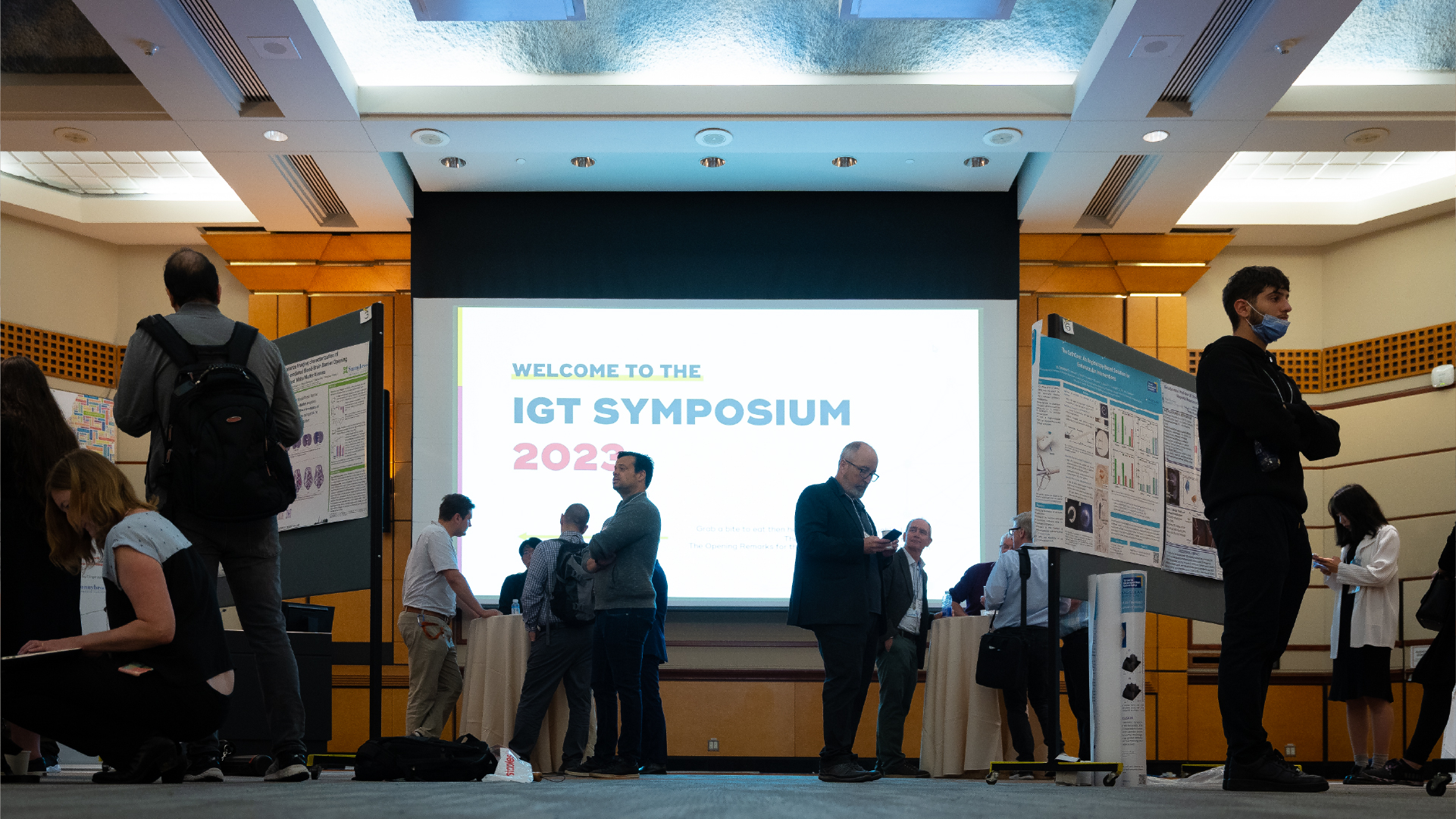
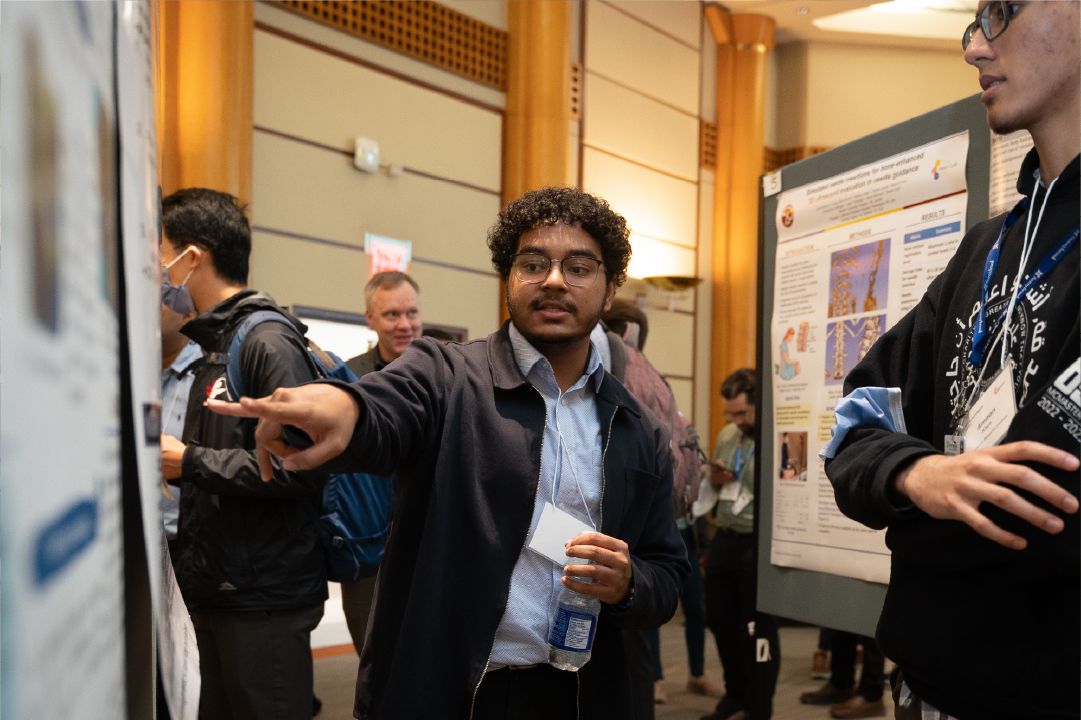
Date limite de soumission : Friday, November 29, 2024 @ 11:59pm PT
Authors Notified: Saturday, January 20, 2025
Please contact Kitty Wong (kitty.wong [at] imno.ca) for any submission-related questions.
Our Sponsors and Partners
